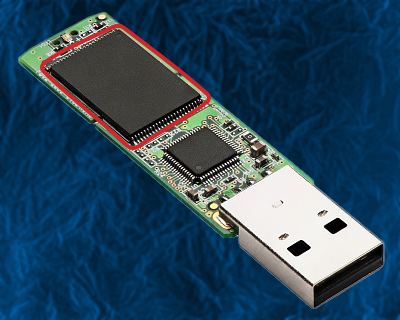You may have heard that Western Digital recently experienced a massive loss of flash memory storage products as a result of “contamination” issues in their factories. Will you be experiencing shortages and price increases from raw materials contamination? What does this mean for your EBS orders, and what does contamination mean?
Expected shortages and Price Increases
Western Digital is one of the main suppliers for many of the products we sell in store. The primary brand being SanDisk. When there are factory issues, the principles of supply and demand affect us. When the supply from the factory goes down, but the demand stays, the value of the cards goes up. There are fewer cards available but the same amount of competition trying to get access to deliveries from Western Digital.
It is estimated that there are now 6.5 BILLION GigaBytes of storage contaminated and now unusable. That’s equivalent to 6.5 Million TeraBytes or 6,500 PetaBytes. To help put that into perspective, the entire Library of Congress is less than 4 PetaBytes. 6.5 Million SanDisk 1TB SSD weighs the same as 112 Space Shuttels!
Due to contamination of raw materials at several major factories, memory prices are expected to increase and shortages are expected over the next several months. Contact us if you have upcoming large orders you will need fulfilled and we will work with you to find a solution.
EBS Helpful Tip
For now, you will likely be experiencing shortages and price increases from raw materials contamination. But you can stay up to date on market trends by following us on social media and subscribing to our monthly newsletter here.
So what does Raw Materials Contamination mean?
The issue that the WD factory experienced was contamination of it’s NAND flash fabrication process. All flash memory created during this time period is considered contaminated and is not able to be put into production. NAND flash is a type of data storage that does not require power to retain information. It can take up to a month to make one sheet that will later become your flash drives or MicroSD cards. The factories where they make these sheets are some of the cleanest environments around, making their employees wear full body coverings to protect the chips.
How they make NAND Flash Memory
The factory workers pour a thin liquid layer on top of the chip. This liquid turns into the solid parts of the components when it is exposed to UV light. So they project an image of what the circuit looks like, then expose the light. The areas of the liquid not hit by the UV light washes off. The liquid then stays where the circuit is supposed to remain. They do several layers this way. When dust gets into the layers it ruins the whole component. This is what they refer to as contamination.

The Good News
It’s highly unlikely any of the products we sell would have had exposure to contamination. Although the contamination in Western Digital factories will impact shortages and price increases, our great EBS guarantees will stay the same! That’s right, EBS still has all of the great, quality services for our customers. Our policies are unaffected! Defective items returned within 30 days will be given a full refund. Defective items returned within 1 year will be replaced. You can read more about our Return Policy at the bottom of our Terms and Conditions page. Reliability, sustainability, customer service, EBS is STILL your one source for memory cards and flash drives.

